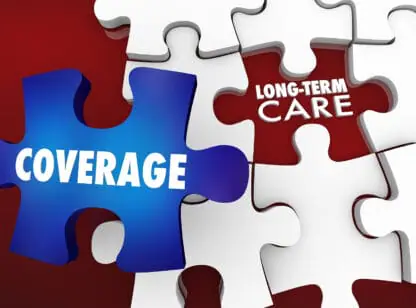
ACA: If your taxable income is less than you estimated, you may receive a year-end tax credit
Now that you enrolled in a new health insurance plan, it is up to you to get the most out of it – including tax deductions.
California led the way in enrolling previously uninsured Americans during the recent ACA open enrollment. It didn’t go smoothly, and it sure wasn’t easy. In the end, over one million Americans enrolled in private health insurance plans through Covered CA and another 2 million were added to Medi-Cal. But that’s not the end of your responsibility.
If you enrolled through Covered CA, you must report any significant changes during the year ahead: changes in income, jobs, family members, marital status, names, addresses, etc. All must be reported to Covered CA, preferably online or through your health insurance agent. Many changes, especially income, may affect your subsidy amount. It is important these changes are reported so that the amounts are correct at year-end tax time.
Keep a record of how much you pay for your health insurance premiums and how much subsidy you receive. Remember, the subsidy is an advance tax credit. You will need these amounts when you file your 2014 tax return. Even if you didn’t receive the advance tax credit, you may receive the credit at year end if your taxable income is less than you estimated. In other words, if you paid more than you had to in health insurance premiums, the tax credit may be available to you at year-end.
If you are over 65, your Medicare supplement premiums and your long-term care premiums may also be tax deductible. Keep your records current each month and have those amounts handy at year end. As you age, the tax deduction limit increases. For many, this adds up to a deduction well into the thousands.
If you are under 65, this year will be a tough haul finding doctors, specialists and facilities that all fall under the “in-network” part of your new plan. Your primary care physician can usually help with this, but it’s up to you to ensure you have utilized your physician’s network to maximize your benefits. If you are scheduled for any procedure, don’t assume everyone is in-network. Radiologist, anesthesiologist, day surgery – maybe even skilled nursing facility – all have to be coordinated and you may end up having to choose between more convenience or better coverage.
Insurers and Covered California are already very optimistic about next year’s open enrollment. Premium adjustments will be calculated, benefits may be added or reduced, and, we hope, provider networks will be expanded or even consolidated.
We are in the infancy of major changes in access to affordable health care. Let us know how it’s working for you, and what you think needs to be changed.
Randy Foulds is a Certified California Exchange Health Insurance Agent (license #0G69218) with Feldmann Insurance and can be reached at (760) 346.6565.










































Comments (0)